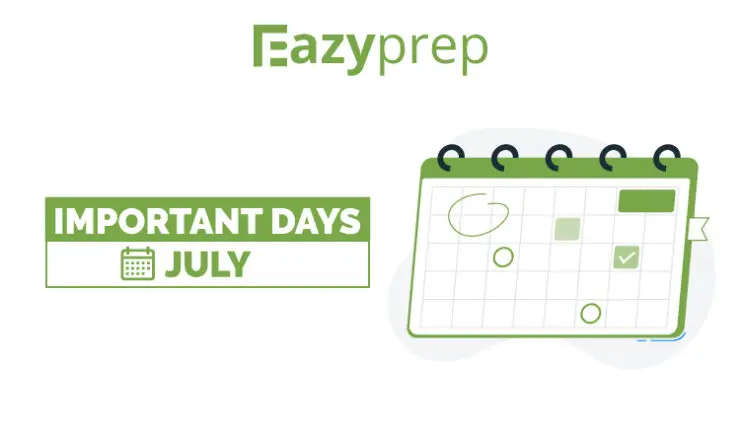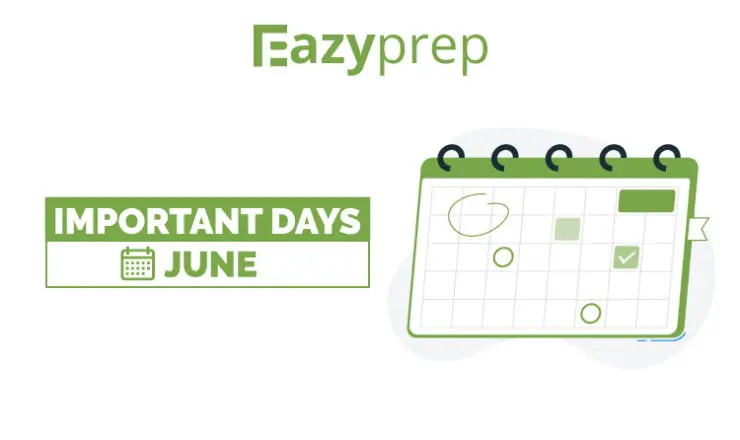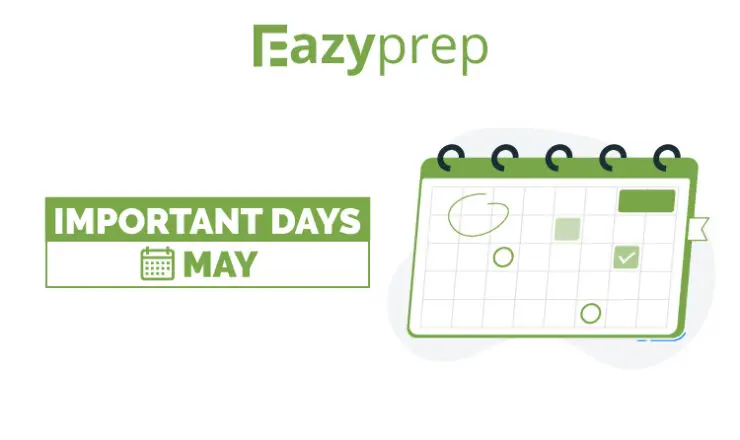![]()
 What will you learn from this article?
What will you learn from this article?
- Method and approach towards solving questions of syllogism.
- Different types of questions seen in the examinations.
- Tips and shortcuts to increase efficiency in question-solving.
 Exam Connect
Exam Connect
Syllogisms are one of the most critical topics in logical reasoning and are widely seen across all the different examinations. The concept in itself is moderately difficult, but with proper understanding and practice, you could easily score good marks.
Introduction
Before you start this article, make sure you brush up your syllogism concepts with our Syllogism Part 1 article here.
Solving questions of syllogism can be very time consuming and difficult because, in most of the problems, the candidates have to form/draw all possible scenarios of the relationship between variables. But in this article, we will learn a more intuitive method for solving the questions in the shortest time possible.
EazyTip: A conclusion is true if, in all cases, it fits true, and it is false if it does not satisfy any single case. So Instead of drawing all possible Venn combinations, we will consider and illustrate the possibilities in which the conclusion does not hold.
Common mistakes: While drawing a Venn diagram, students often draw the variable which is not even considered in the conclusion, this could lead to unnecessary complications. So it is recommended to draw variables that are discussed in the conclusion.
Let’s look at an example to understand the method.
Example Question:
Statement:
S1 all apples are bananas.
S2 some bananas are cats.
S3 no cat is a dog
Conclusions:
C1 All bananas are apples,
C2 some bananas are dog
C3 no banana is dog
Solution: So let’s consider Conclusion 1, that is, all bananas are apples.
As we can see, conclusion 1 and Statement 1 have the same variables that are apples and bananas, so in our attempt to disprove this conclusion, we will look at statement 1.
From the diagram, we can clearly see that some area of bananas
does not lie within apples. Thus the conclusion is false.
Now let’s consider Conclusion 2, which says some bananas are dogs. As we can see, Conclusion 2 has the variables which are discussed in Statement 2 and 3, so in our attempt to disprove this conclusion, we will look at statement 2 and 3.
From the diagram, we can see that
No area of banana is intersecting with Dogs.
Therefore, the conclusion is false.
Note: While drawing possibility cases, make sure that the statements are not contradicted. The Venn Diagram that you draw to falsify the conclusion must follow the statements provided in the questions.
Lastly, let’s consider Conclusion 3, that says no banana is a dog. Clearly, Conclusion 3 is the inverse of Conclusion 2, but it does not mean that opposite to conclusion 2, this conclusion is true. As we can see from the diagram below, Bananas have some intersection area with dogs without disregarding any statements. So clearly, this statement is also false.
Hence no conclusion was true.


